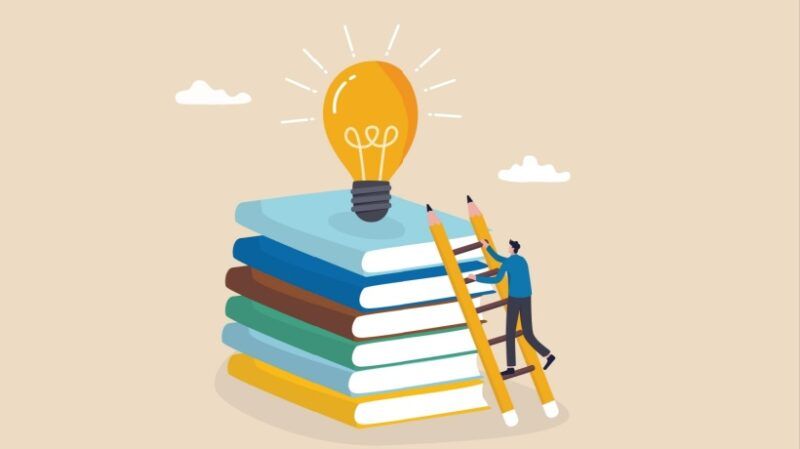
Empower Learning with LMS
As we navigate an era of rapid digital transformation, the demand for adaptability and strategic thinking in learning and development (L&D) is more crucial than ever. Organizations face a shift towards hybrid work cultures, necessitating a transformation in how they empower employees with essential skills and flexible learning opportunities. Leveraging online Learning Management Systems (LMS) paired with data-driven approaches, L&D professionals can position their organizations for resilience and relevance in the future.
What Defines a Future-Ready Organization?
A future-ready organization integrates digital learning solutions and swiftly adapts to changes, cultivating a workforce adept at thriving amid uncertainty. This involves fostering a culture of lifelong learning, supporting skill development in line with business objectives, and implementing flexible learning systems that facilitate mobile access, self-paced education, and real-time progress tracking.
How Can Learning Professionals Catalyze Change?
Learning professionals are vital agents of growth, driving change by:
- Utilizing analytics to identify skill gaps.
- Crafting personalized learning journeys tailored for specific upskilling.
- Facilitating corporate training aligned with industry regulations.
- Fostering a continuous learning culture at every organizational level.
This proactive approach not only enhances performance but also contributes to sustainable growth and innovation.
Strategies to Cultivate a Future-Ready Workforce
1. Embrace Digital Learning Solutions
- Incorporate AI, AR, and VR for immersive and stimulating training experiences.
- Implement LMSs that support mobile learning and personalized content.
- Use analytics to forecast training needs and optimize ROI.
2. Empower Through Personalized Learning Paths
- Adopt AI-driven content suggestions based on individual employee goals.
- Offer self-paced learning options and hybrid training programs.
- Establish feedback loops to continually refine and enhance learning efficacy.
3. Prioritize Acquisition of Future-Critical Skills
- Equip leaders with essential soft skills like adaptability and emotional intelligence.
- Provide training in data literacy and digital proficiency.
- Introduce courses on sustainable practices that reflect global trends.
The Role of Culture in Lifelong Learning
A future-ready organization thrives on a culture of continuous learning, including:
- Upskilling initiatives that align with changing business dynamics.
- Fostering peer-to-peer learning through mentoring and collaborative tools.
- Incorporating gamification elements, such as leaderboards and badges, to enhance motivation.
Ensuring Equity and Inclusion in Corporate Training
To implement DEI (Diversity, Equity, and Inclusion) strategies effectively:
- Design content that is inclusive and relevant across global contexts.
- Create diverse learning opportunities tailored to varying demographics.
- Utilize unbiased AI tools to guarantee equitable access and customize learning paths.
This approach ensures that training programs meet diverse needs and promote inclusive skill development.
Measuring the Impact of Learning
- Implement real-time KPIs to evaluate learning engagement and training success.
- Align educational outcomes with overarching business goals like customer satisfaction and innovation.
- Adopt an agile approach; continuously adapt content in response to learner feedback and organizational shifts.
Collaboration Between L&D Teams and Business Units
Strategic collaboration with internal stakeholders is key for L&D success. When teams co-create training programs with business units:
- Training initiatives more accurately address pressing challenges.
- L&D remains aligned with dynamic organizational goals.
- Learning professionals become recognized as value creators beyond content providers.
Frequently Asked Questions
- How does L&D contribute to an organization’s resilience?
L&D professionals pinpoint skill deficiencies, align training with corporate goals, and endorse continuous education to foster a robust workforce. - Why are personalized learning paths essential?
They accommodate individual learning styles and objectives, which increases engagement and enhances skill acquisition. - In what way does an LMS support a hybrid working environment?
It provides mobile learning options, on-demand content, and real-time collaborative tools suited for remote and hybrid teams. - What skills are crucial for future workplaces?
Skills such as digital literacy, emotional intelligence, adaptability, and strategic thinking are vital. - How does learning influence business performance?
Well-targeted training improves employee output, customer experiences, and fosters innovation, contributing significantly to business success.
Conclusion
Empowering learning is now more than a strategy—it’s a fundamental necessity. By leveraging cutting-edge digital learning tools, personalized educational experiences, and fostering a culture of lifelong learning, L&D professionals can adeptly guide their organizations into the future. The focus should remain on adaptability, a data-driven approach, and ensuring alignment with both employee aspirations and business objectives.
References:
[1] 9 Ways to Maximize ROI Through Learning Management Systems for Associations
[2] LMS In 2025: Elevating Employee Performance with Targeted LMS Training
www.maplelms.com



